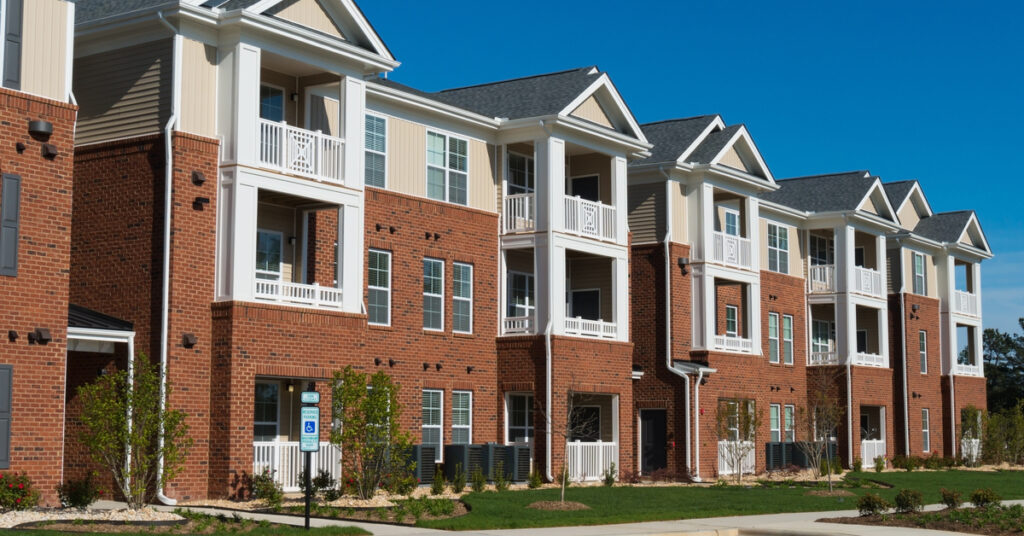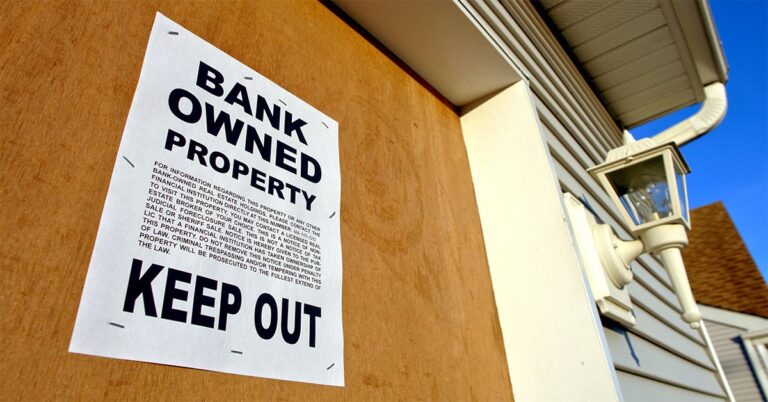U.S. multifamily housing asking rents backtracked by $1 month over month in August, breaking a streak of rent growth that lasted more than two years, according to Yardi Matrix.
The dip, which was the first monthly decrease since June 2020, brought multifamily asking rents to $1,718. Year-over-year rent growth fell by 170 basis points — marking the second consecutive month that annual growth has shed more than a percentage point — and receded to 10.9%.
Asking rents grew from July to August in only 10 of the top 30 markets tracked by Yardi Matrix, led by Philadelphia, San Francisco and Nashville, each of which posted rent growth of 0.5% during the month. The largest decreases were in Raleigh (-1.3%), Seattle (-1.1%), California’s Inland Empire (-0.8%) and Las Vegas (-0.8%).
The apartment market has been slowed by a combination of the uncertain economy and seasonality, which usually slows rent growth in the fall. The weakening housing market is generally a positive driver for multifamily, since it keeps households within the rental pool, but inflation has held back renters’ ability to pay and has capped what landlords can reasonably expect.
Yardi was swift to note that while rent growth is tempering, the multifamily market as a whole remains generally strong. Year to date, rents are up 6.6% compared to the same period last year, a figure that is higher than any year prior to 2021. Rent growth remains solid among Yardi’s top 30 metros, and while some previously high-growth cities such as Las Vegas, Phoenix, Sacramento and Atlanta have seen occupancy rates fall of late, the national occupancy rate has stayed above 96% for the past 14 months.
On a regional basis, annual rent growth remained strongest in the South, headlined by Orlando (up 16.9% year over year), Miami (up 16.7%) and Nashville (up 14.8%). Gains also have stayed stout (in the neighborhood of 8% to 10% annually) in cities within gateway metros, which continue to see more household formation and inbound migration due to the strong labor market and employers returning to on-site work.
San Jose (11.9%) tops these areas in year-over-year rent increases, followed by Boston and New York (both at 9.8%). Annual rent growth was weakest among the top 30 metros in the Twin Cities of Minneapolis and St. Paul (3.7%), Baltimore (6.7%) and Sacramento (7.5%).








